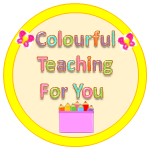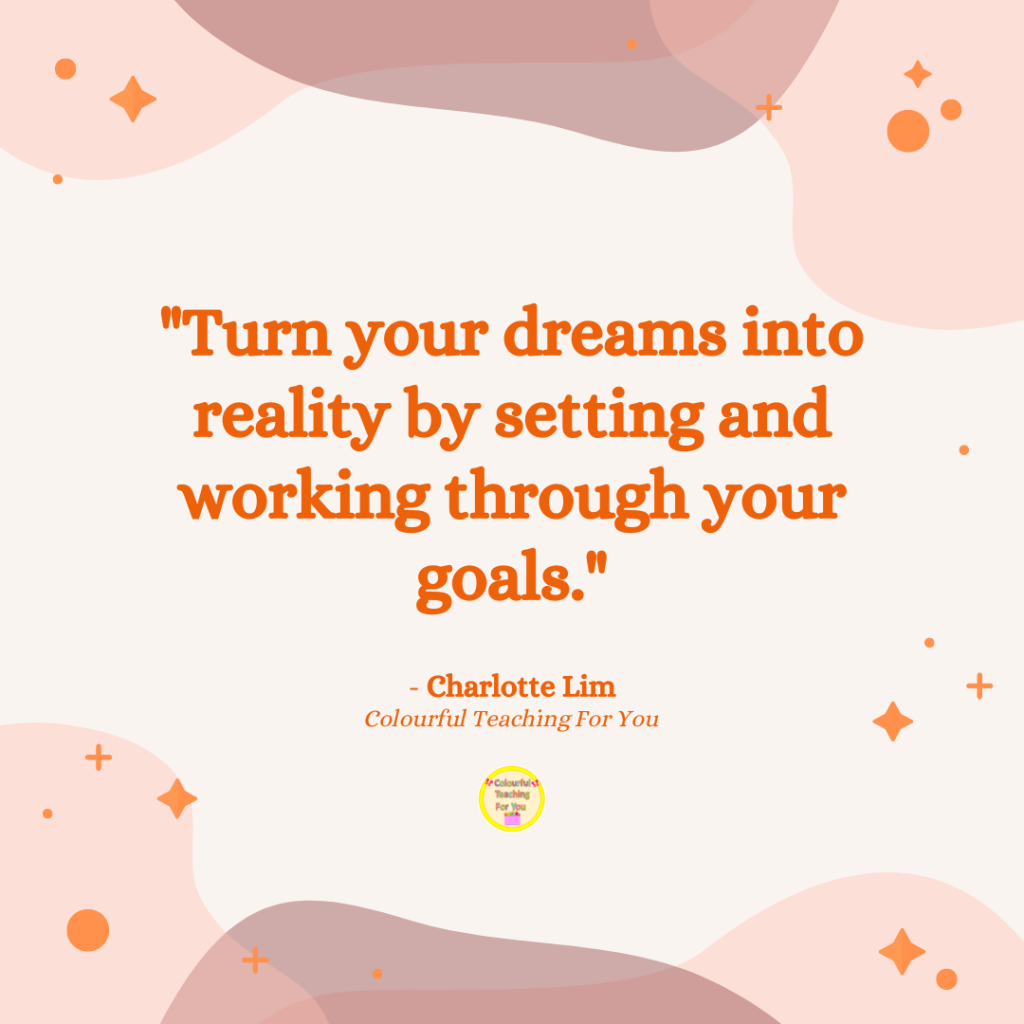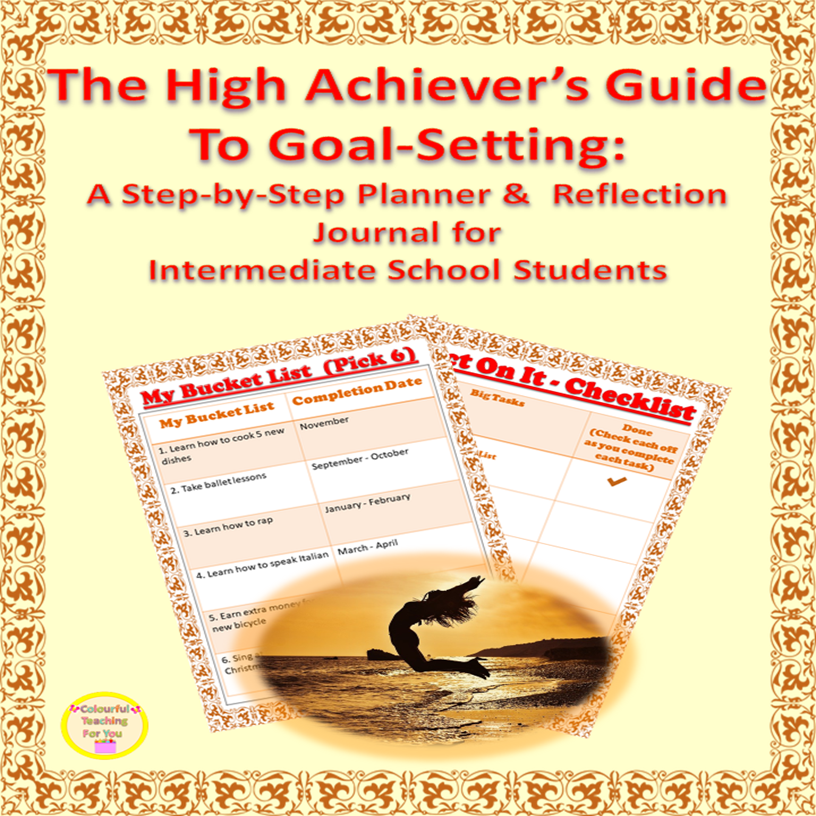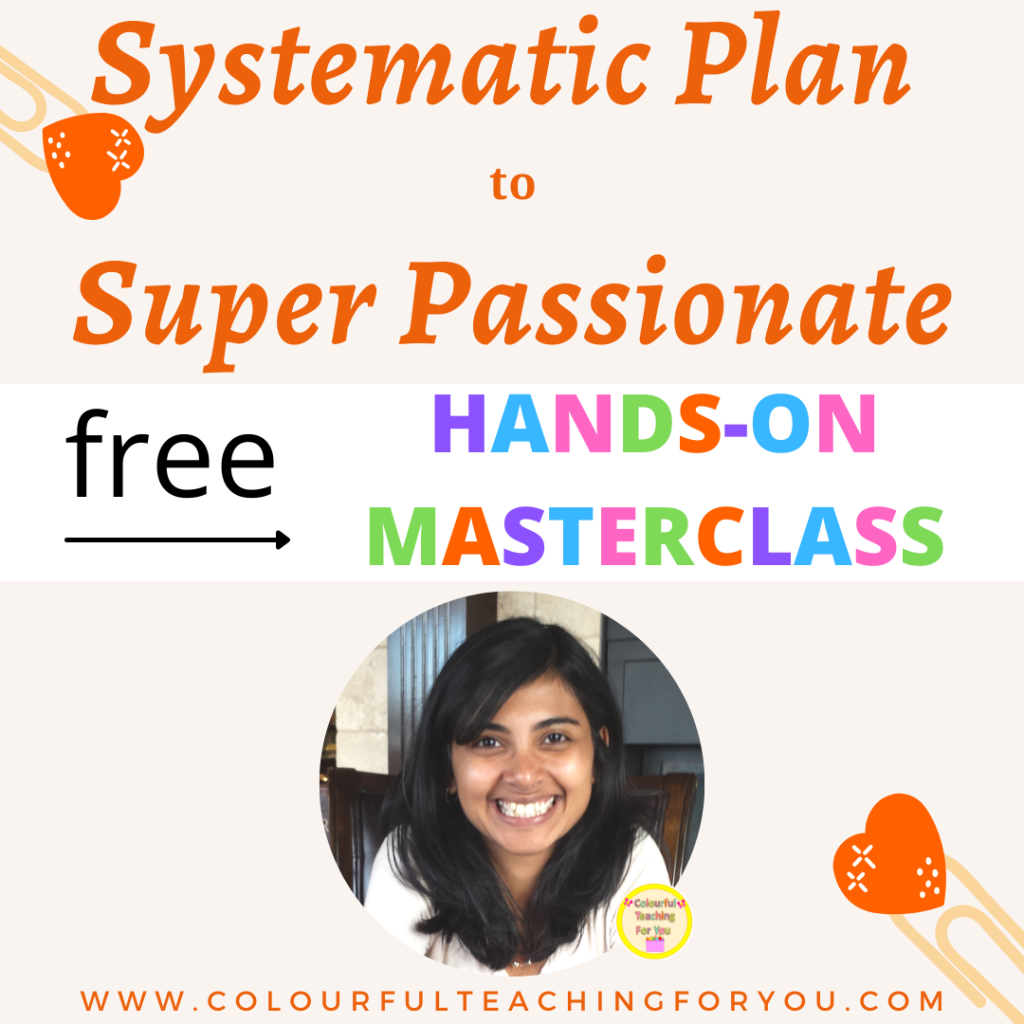You’re given a curriculum to teach, so that’s what your students are expected to learn.
After school, their parents put them in extra curricular activities and they’re expected to attend them.
In their spare time, some children will work hard but others who need that mental break may choose to spend some of their time playing video games and so forth that many adults feel is a waste of time.
In school, many teachers complain about behavior problems but try to sprinkle in activities that they feel are engaging. However, it doesn’t always solve the problem-at least not for long haul.
What’s missing?
Agency.
For many children, they do what they’re told and compare their progress to others without any of it mattering to them besides the comparison aspect that usually has a negative impact on them.
So, give them agency over their learning when they’re with you and over their development outside of school. Build hype and excitement about it and let your students take the lead.
You’ll find less time being wasted in class at home, with fewer behavior problems.
Goal-setting is one way to do this because it allows them follow their dreams and create goals that are achievable. As they succeed with each mini step, you’ll see their confidence rise.
Will they hit failure? Absolutely! But you’ll be there to help them through it and show them that it’s all part of learning and developing.
Here’s four steps to help you teach your students about creating and achieving their goals.
Actionable Steps:
#1. Be Creative
This portion is creative, so you’ll need to give your children some time to work on it.
Have them either draw and color, or cut out images and create a beautiful collage of their goals for this year. Have them focus on two main categories but you can open it up to more if they’re older. The categories are school life and personal life.
Once the collage has been created, use this as a visual for your students by posting it up on a bulletin board. It can also later be posted into their portfolios.
If you’re inclined to do so, email it to each child or to their parents and have them print it out and post it up where their goals can serve as visual reminders of what they want to achieve.
#2. Find Your Focus
Have your students choose one goal from each category and then download one of the following planners based on your students’ age and developmental level and work through these pages to create an action plan.
They’ll be creating mini goals for each big goal and scheduling them so that it’s targeted and achievable. This activity is great for you to track their progress and excellent for reporting on specific competencies for assessments.
The calendar for this planner will be updated on a yearly basis for FREE.
You can also do this alongside your students and achieve your big goals. CLICK HERE or on the following image to get your planner.
#3. Connect With Goals
To ensure that your students stay on task, have them create posters of why they chose each of their two goals. Then group them into small groups of 3-4 students so that they can share their goals and reasons for choosing them with their peers.
These groups can also act as an added benefit of being accountability groups. You can have them meet once a week or once a month to update each other on their progress.
#4. Party It Up
Teach your students to celebrate their small wins by giving themselves small rewards so they stay motivated.
At the end, have a party or agree on a bigger reward that you can enjoy as a class when everyone achieves at least one or two of their big goals. They can also do something for themselves at home as well. Make sure to agree on this reward and remind them about it as they start working on their goals to keep them motivated. You can absolutely change it over time if your students want something different.
Recap:
Let’s recap really quickly. Today, we looked at the following:
- The importance of teaching your students how to set achievable goals and how it’s can help you with behavior management.
- Goal-setting resources for your class: CLICK HERE FOR THE CATEGORY or look at step #2 for the specific planners.
- Four steps to teach your students about how to set achievable goals: be creative, find your focus, connect with goals, and party it up.
Free Resources:
In the mean time, if planning so that you’re ahead is not your jam, then check out the following: FREE MASTERCLASS: Systematic Plan to Super Passionate.
Next Steps:
I’d love to hear from you. In the comments below, please answer the following:
If you found this video beneficial, would you do me a favor? Share this with your family, your friends, your loved ones, your co-workers or someone who you think could benefit from this. Thank you!
I’ll see you next Friday at 5:30pm PST.
Until I see you next time, remember to create, experience & teach from the heart.
Take care,
Charlotte








